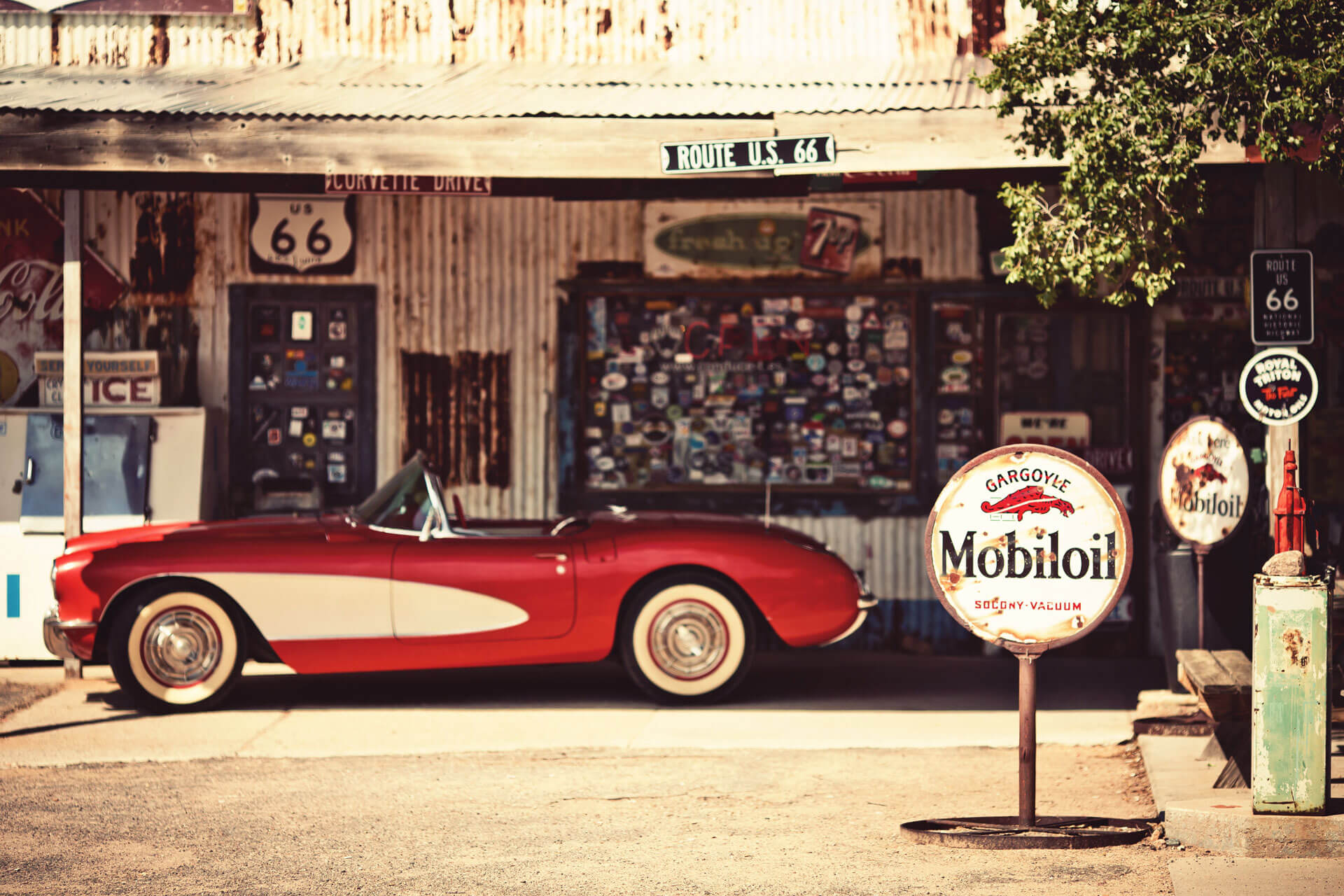Don't get us wrong, we often feel nostalgic for the good old days, before social media and digital advertising, when a dealership could sell cars based on the quality of the vehicle and the smile of the salesperson. If your dealership still clings to these principles, we applaud you. However, there may be more cost-effective and financial rewarding options available to you. Of course, we're alluding to the principles of modern automotive marketing: social media, digital advertising, optimized Web design, etc.
If your marketing strategy is still stuck in the 1980s, we come bearing good news: transitioning to the modern world isn't as painful as you may think. Let's take a look at some ways your dealership can make the shift towards the digital age.
Social Media. Social media is the "gateway" technique for modern automotive marketing. We suspect most, if not all, dealers have some sort of social media presence, either on Facebook or Twitter. That's a good thing. Your main goal here is expanding and promoting your brand, cultivating a sense of trust and expertise among viewers and building your peer network so that your dealership is viewed favorably. Just make sure to choose your networks wisely; for example, Pinterest, while popular with certain demographics, probably won't make sense at first for many dealers. For more guidance on how to choose your social media platforms, click here.
Blog. A must-have. That's because a blog is the "voice" of your brand. Now, you may say, "But I'm not a writer. I didn't sign up to sit in front of a computer when I should be on the floor selling." However, maintaining an automotive blog needn't be a burden. For starters, you, more than anyone else, know what issues your customers are facing. There's no shortage of content you can talk about: new models, financing options, money-saving tips, etc. Furthermore, blog posts (which should run from 500 to 750 words) that include relevant keywords will boost your search engine optimization (SEO) efforts, meaning that when people type in, say, "Sacramento Honda dealer," your site is more likely to turn up at the top of the rankings.
Digital Marketing. We're talking about ads on sites like Facebook, Google, Twitter, or automotive-specific sites. The good news here is that it is very easy to track your performance. If an ad works, stick with it. If not, tweak it or try something else. Just make sure your approach is focused on a target audience, that your Web copy is crisp, and that you employ a strong call to action. (We know what you're thinking: modern automotive marketing, in this case, isn't so "modern" after all.)
Other Techniques. These aforementioned approaches can help gradually ease you into the world of modern automotive marketing. Of course, there are other tools at your disposal, which include:
- Video and mobile marketing — The fastest-growing types of digital advertising.
- Reputation management — Following what customers say about your dealership on sites like Yelp.
- The automotive press release – An old-school concept we admit, but one that can add significant value in the age of social media.
- Improved Web design — Customers expect more from automotive Web sites. Make sure yours meets (and exceeds) expectations.
Ultimately, your automotive marketing strategy will be a combination of these techniques, dictated by your budget, expertise, and customers. In fact, some readers out there may have already made this transition, so we'd like your feedback: what's been difficult about making the leap to modern automotive marketing? What techniques have proven effective? Which ones aren't delivering a return?






